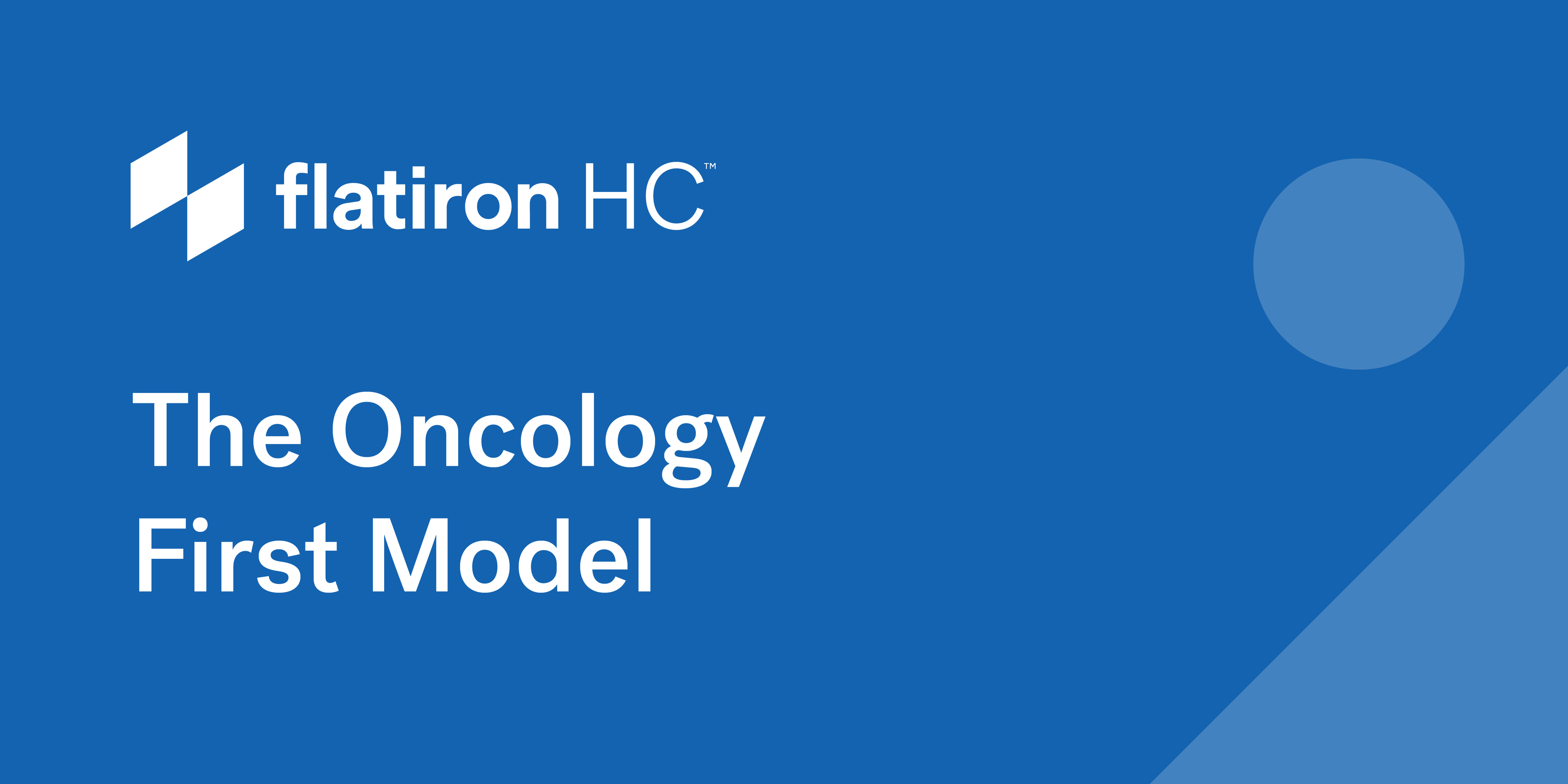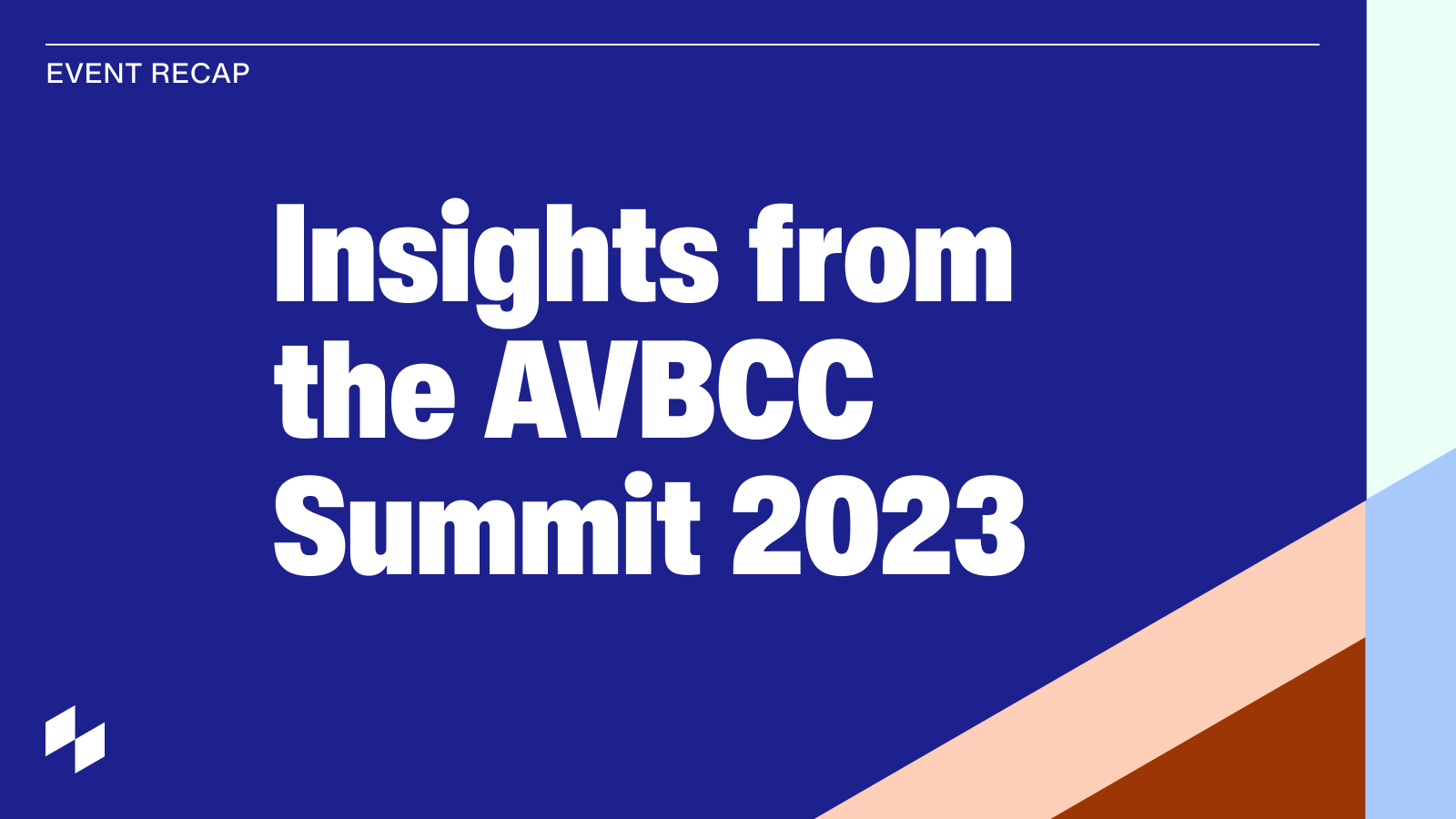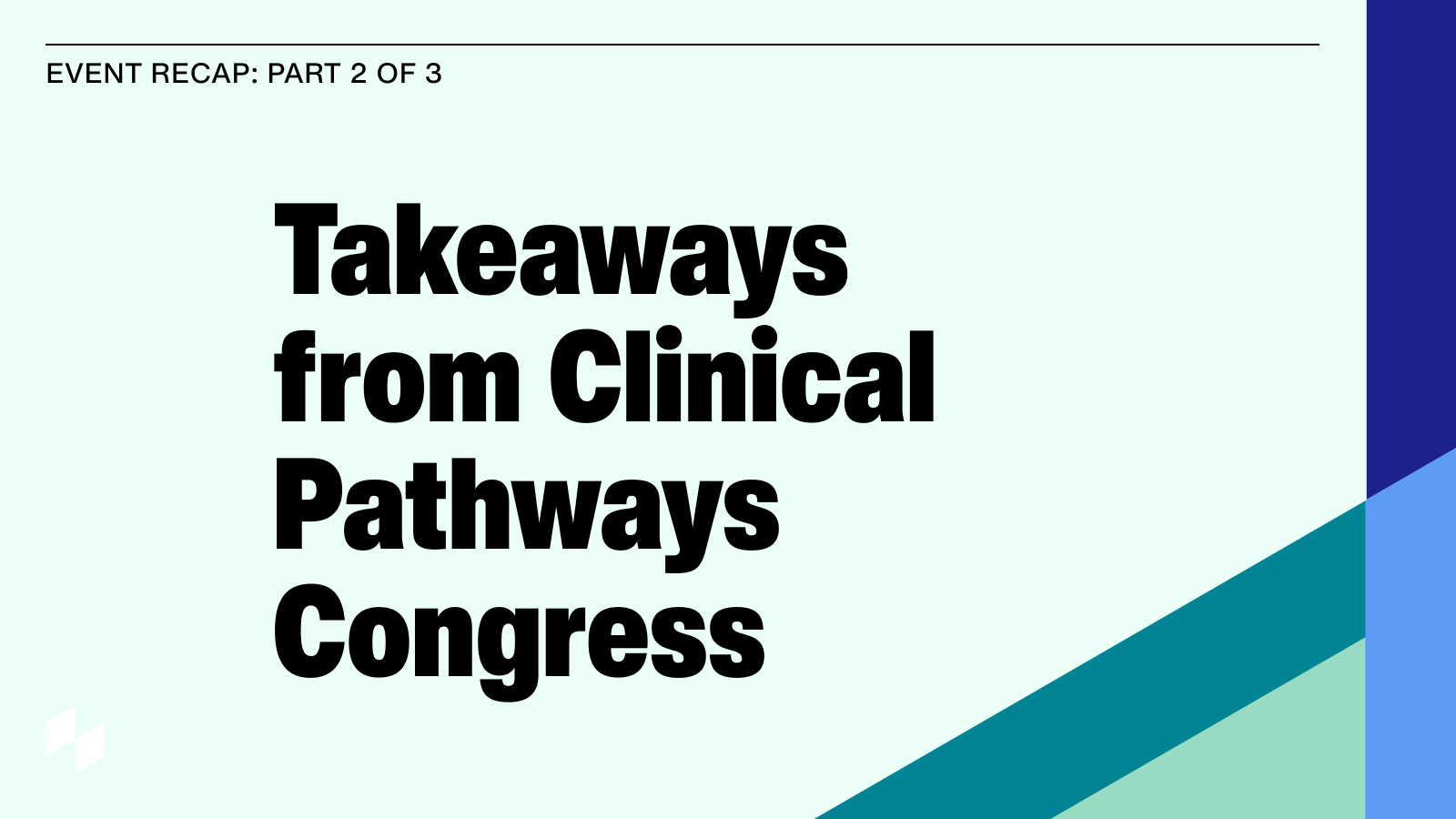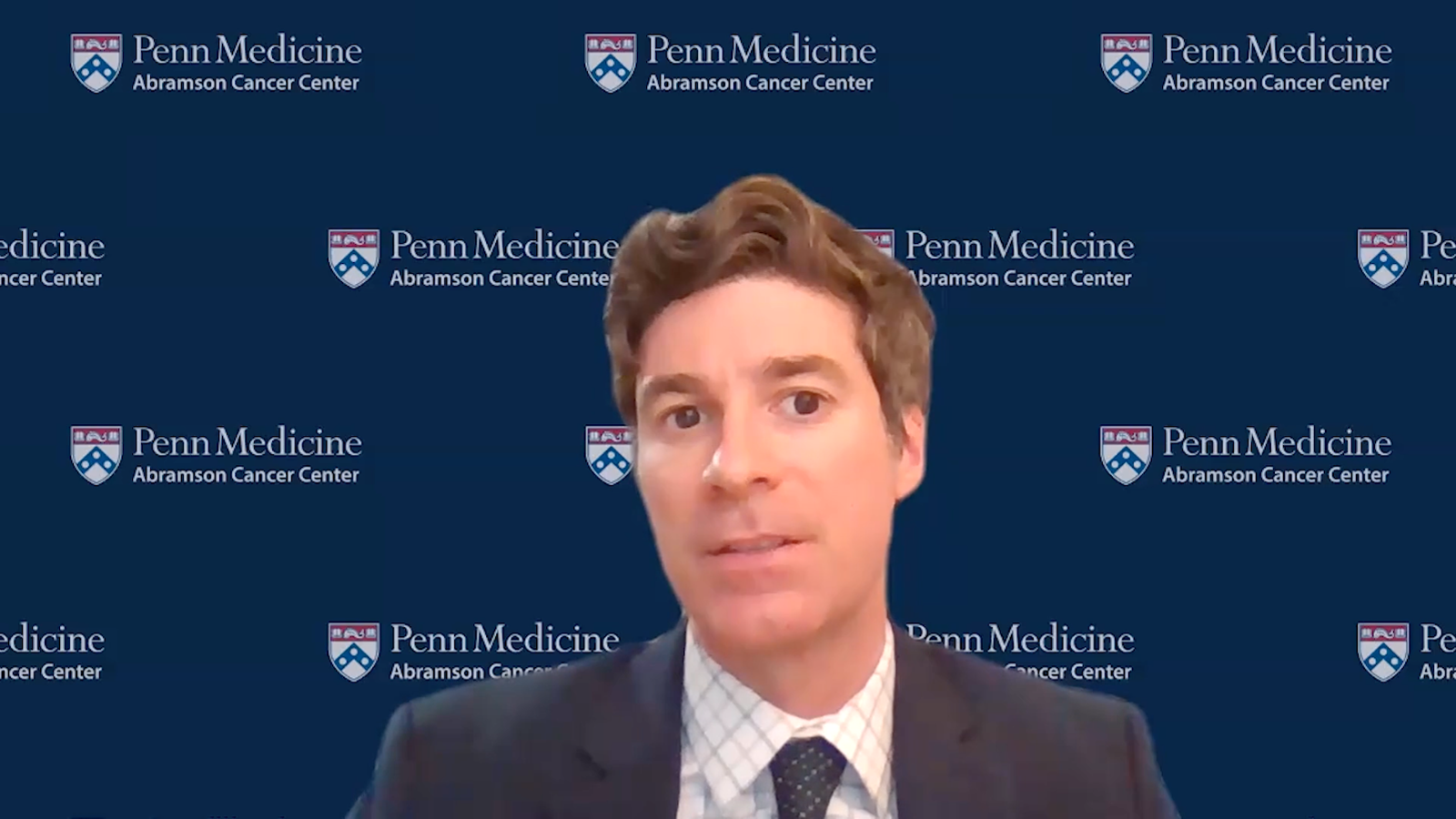Medicare’s innovation center, the Center for Medicare and Medicaid Innovation (CMMI), can achieve its mission by testing new ways to pay for and deliver healthcare (called Medicare Demonstration projects) that result in:
-
Spending decreases with no reduction in the quality of care
-
Quality of care improvements with no increase in spending
In either scenario, the Center for Medicare and Medicaid Services (CMS) can expand the demonstration and use learnings to inform changes to health care payment and policy. For cancer care in particular, CMMI has been testing the Oncology Care Model (OCM) since 2016, originally with 196 participating practices.
While it’s too soon to tell if the OCM has been successful using the aforementioned litmus tests (the first formal evaluation demonstrated only moderate reductions in acute care services), CMS is already moving forward with an evolution of the OCM that may start as soon as next year.
In November 2019, CMMI released preliminary details of the newly dubbed Oncology Care First (OCF) model. The announcement was purposefully timed, as practices were facing a December deadline to determine if and how they would remain in the OCM, and the release of details about the next payment model was intended to reduce overall attrition by demonstrating Medicare’s continued commitment to such models. While CMMI hasn’t updated the website with the current number of participating practices, we saw just over 20 percent of OCM practices in the Flatiron network leave the OCM, which we suspect is in line with the national average; this would leave about 140 groups in the program. A recent Community Oncology Alliance (COA) survey found that of the 68 practices they surveyed, 11 (16%) were leaving, and a surprising 22 (32%) were moving into downsided risk despite not achieving enough savings to receive a performance-based payment (PBP) from Medicare. The latter group was likely encouraged to stay by both CMMI’s commitment to another demonstration in oncology, as well as the advent of the financial “safe” or “neutral” zone they developed in which a practice is demonstrating savings, but not enough to earn a PBP.
So just how different is the OCF model from its predecessor? Let’s look at the most significant changes.
Payment
All practices opting into the OCF would need to adjust to both a new form of prepayment, delivered on a monthly basis, and a payment that encourages cost reduction. Specifically, the OCF encompasses two primary payment elements:
-
Monthly Population Payment (MPP): A new structure in which practices would be paid monthly in lump sums for E&M services (including “enhanced services” and drug administration costs), calculated based on forecasts of a practice’s entire Medicare population. The language is quite vague in explaining the approach, but this introduces three risk-stratified populations where payment would vary depending on case mix. There is the potential that the drug add-on payment (+6 percent) gets lumped into this payment. While controversial, it’s quite likely CMMI moves forward with including this variable drug margin in this lump sum.
-
Performance Based Payment (PBP): Similar to the performance-based payment in the OCM, this payment is intended to hold practices accountable for total cost of care and encourage practices to reduce their cost of care for six-month episodes of care triggered by chemotherapy administration.
The operational and technological complexities that come with this new type of Medicare reimbursement are numerous, as are the implications for practice reimbursement. Will the care management (Chronic, Principal, and Transitional Care Management) codes CMS is heavily promoting be carved out of the MPP? How will practices reconcile actual expenditures with the monthly payment? Will it be enough to cover new investments practices make? We’ll have to wait until the final proposal or request for application (RFA) comes out.
Risk tracks
The COA pointed out in their OCF comment letter to CMMI (which I highly encourage you to read) that a practice’s ability to demonstrate savings is correlated with experience or length of time in a model. This was most recently illustrated by Accountable Care Organization (ACO) data, which Seema Verma wrote about in a blog post that opened: “With Medicare’s main trust fund projected to run out in just seven years…”. In fact, the data revealed that ACOs in a downside risk track performed better (i.e., reduced costs more) than those not taking risk ($96 reduction per beneficiary, compared to $68).
This could be one reason why the proposed OCF quickly shifts practices into two-sided risk. In the OCF, former OCM practices would immediately enter into a downside arrangement, while others could stay in a one-sided arrangement for a “limited time” as they transition to this new payment model.
While CMS hasn’t released information on how many practices are now in an OCM two-sided risk track, we saw over one-third of our OCM network enter into the “alternative” downside arrangement. Most practices see risk arrangements as inevitable and fundamentally believe there’s more upside in the OCM than in the alternative, MIPS. However, given that it took three years of transformation for practices to stomach downside risk, it’s a surprising move by CMMI and one that will continue to see pushback.
What’s next
Having been appointed CMMI Director just last month, Brad Smith will look to make his mark on both the agency and care models like the OCF. Under the current proposal, practices would apply for the OCF sometime later this year so practices would need to begin evaluating their options as soon as CMMI has considered all the RFI feedback and released more details.
Since being established in 2010, CMMI has launched over 40 new payment models; significant progress incubating new care delivery programs to inform the future of American healthcare. Ultimately, we can expect that CMMI’s demonstration projects culminate with all practices bearing at least some degree of financial responsibility for the value of care provided.



